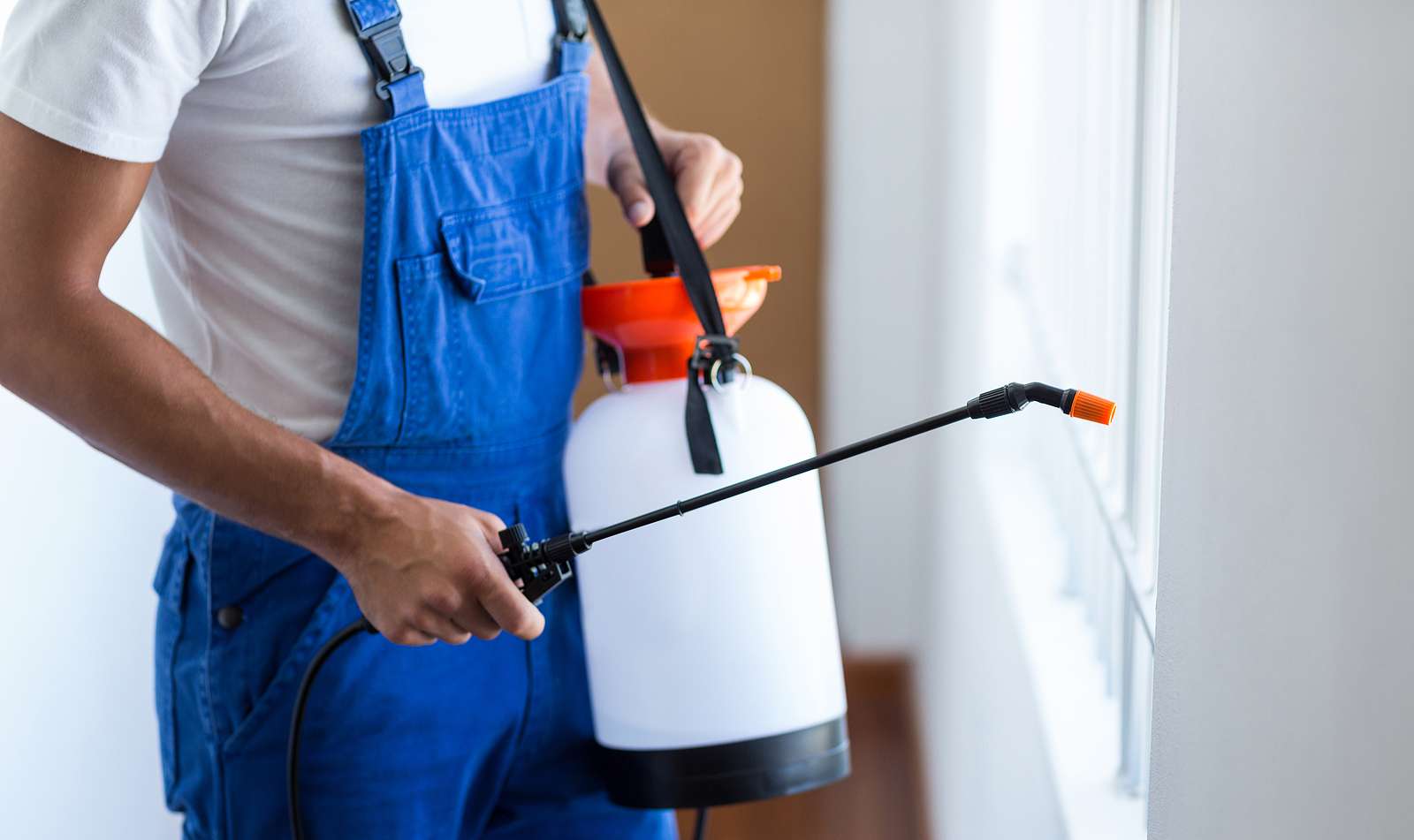Bed Bug Dog Detection: Spot Infestations Early for Assurance!
Bed Bug Dog Detection: Spot Infestations Early for Assurance!
Blog Article
Expert Pest Control Techniques for Long-Term Outcomes
In the realm of pest control, attaining sustained efficiency and long-lasting outcomes needs a meticulous strategy that goes beyond mere elimination. Professional parasite control methods envelop a detailed strategy that starts with a complete evaluation and assessment, adhered to by exact pest recognition to understand their habits patterns. The implementation of Integrated Bug Monitoring (IPM) principles, combined with eco-conscious treatments, creates the foundation of sustainable bug removal. The real test exists in the ongoing surveillance and maintenance of the treated locations, ensuring a pest-free atmosphere for the direct future. By diving into the details of these techniques, a much deeper understanding of professional bug control approaches for enduring outcomes emerges.
Assessment and Evaluation
Upon going into a residential property for bug control services, the preliminary step is an extensive evaluation and evaluation to recognize the degree of the problem and establish the most efficient therapy plan. Professional pest control specialists are trained to meticulously examine the properties, seeking indications of insect activity such as droppings, munch marks, nests, or any kind of structural damage. They will certainly likewise evaluate the problems that might be attracting pests, such as food resources, water leaks, or entry factors.

Bug Identification and Habits

Moreover, recognizing the actions of the identified pest is key to executing efficient control procedures. For circumstances, understanding where parasites nest, what they feed upon, and their activity patterns can help pest control professionals design approaches to eliminate them effectively. Some pests might be nighttime, while others are extra active during the day. This knowledge enables the application of therapies at optimal times for optimum efficiency.
Integrated Parasite Administration (IPM)
Integrated Parasite Administration (IPM) approaches integrate numerous methods to control and stop pest problems in a lasting and eco-friendly manner. exterminator near me. By incorporating methods such as organic control, habitat control, alteration of cultural techniques, and using resistant ranges, IPM intends to reduce using chemical pesticides
One of the vital principles of IPM is the emphasis on avoidance. This aggressive method entails monitoring insect populaces routinely to identify any possible concerns before they intensify. By determining parasite problems beforehand, pest control steps can be applied quickly and properly.
Furthermore, IPM promotes the use of non-toxic insect control techniques whenever feasible. This can include employing natural predators of the insects, introducing valuable pests, or using pheromones to disrupt mating patterns. By lowering dependence on chemical pesticides, IPM not only protects the atmosphere however additionally aids keep an equilibrium in the ecosystem.
Environmentally-Friendly Treatments
Implementing eco-conscious strategies in pest control treatments can properly resolve problems while focusing on environmental sustainability. Environmentally-friendly treatments focus on reducing the impact of pest control methods on environments, non-target organisms, and human health. These methods usually entail the directory usage of natural killers, such as ladybugs or nematodes, to regulate pest populations, decreasing the need for chemical interventions. Furthermore, techniques like habitat manipulation, such as adjusting wetness degrees or getting rid Learn More of food sources, can help hinder insects without the use of harmful materials.
Another trick facet of environmentally-friendly therapies is using natural and biodegradable items that damage down rapidly without leaving hazardous deposits in the environment. Organic pesticides originated from plants like chrysanthemums or neem supply efficient parasite control while positioning very little threat to non-target types. In addition, employing techniques like warmth treatments or pheromone catches can target specific insects with accuracy, reducing the general ecological influence of pest control methods.
Recurring Monitoring and Maintenance
Continual surveillance and upkeep are necessary parts of effective insect control administration. Recurring surveillance plays a vital duty in guaranteeing that bug problems are detected early and handled immediately. Routine examinations by experienced specialists are necessary to identify any type of indications of bug activity, evaluate the efficiency of previous treatments, and make modifications to the insect control plan as needed. By keeping an eye on parasite populaces with time, parasite control specialists can track trends, anticipate potential problems, and execute precautionary actions to lessen the threat of future invasions.
Along with tracking, maintenance techniques are vital for long-lasting bug control success. This consists of executing appropriate hygiene measures to get rid of possible food and water resources for pests, sealing off entrance factors to prevent insects from entering the properties, and dealing with any type of structural issues that might help with bug problems (bed how can we control pests bug treatment). By including recurring monitoring and maintenance into an integrated bug monitoring strategy, services can make sure a pest-free atmosphere and secure their residential or commercial property against costly damage and health risks
Conclusion
To conclude, utilizing specialist parasite control strategies such as detailed inspection and analysis, exact bug identification and understanding of their behavior, incorporated bug monitoring approaches, environmentally-friendly therapies, and recurring monitoring and maintenance are vital for accomplishing long-lasting lead to insect control. By executing these techniques, individuals can efficiently take care of pest problems and maintain a pest-free environment in a sustainable way.
Report this page